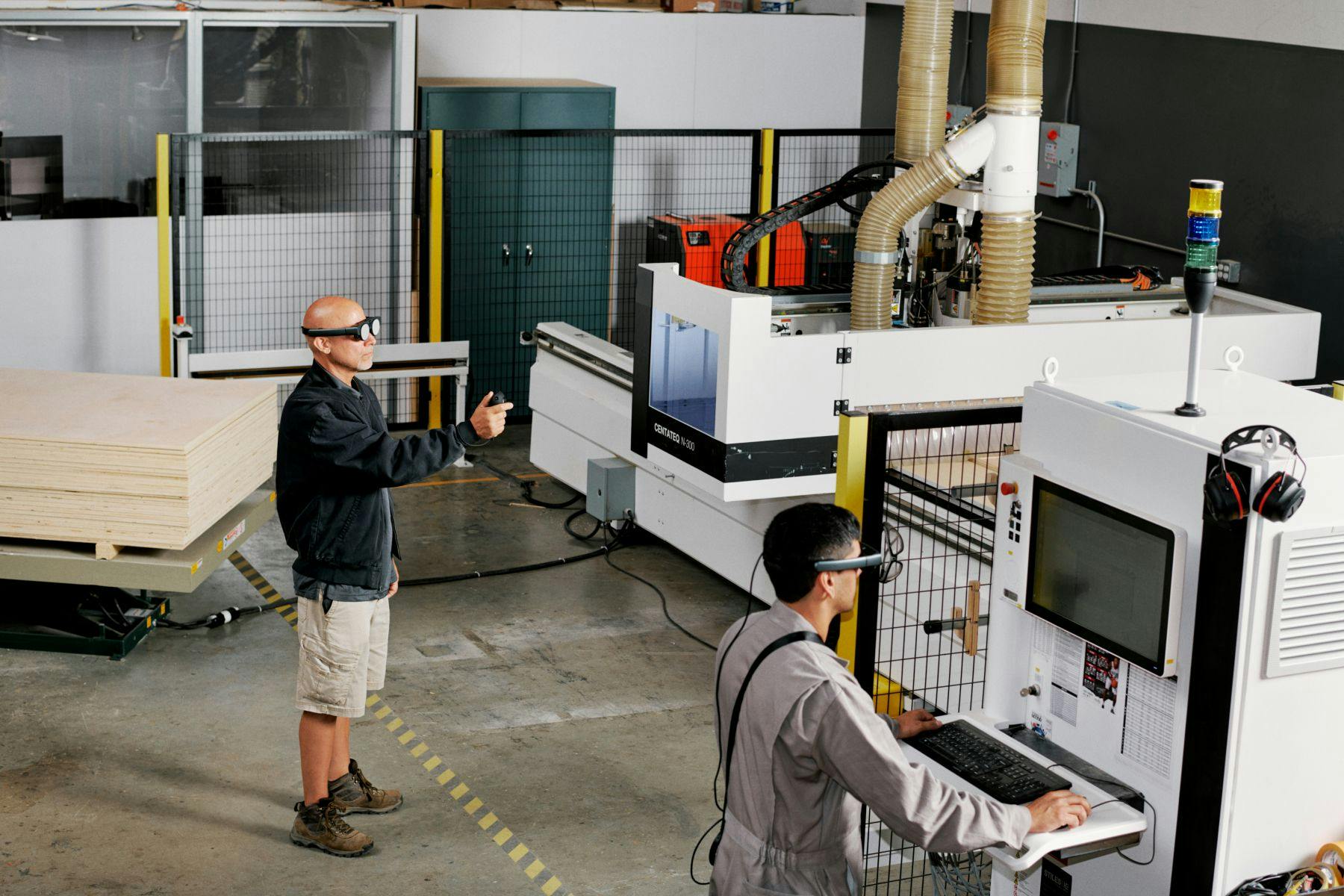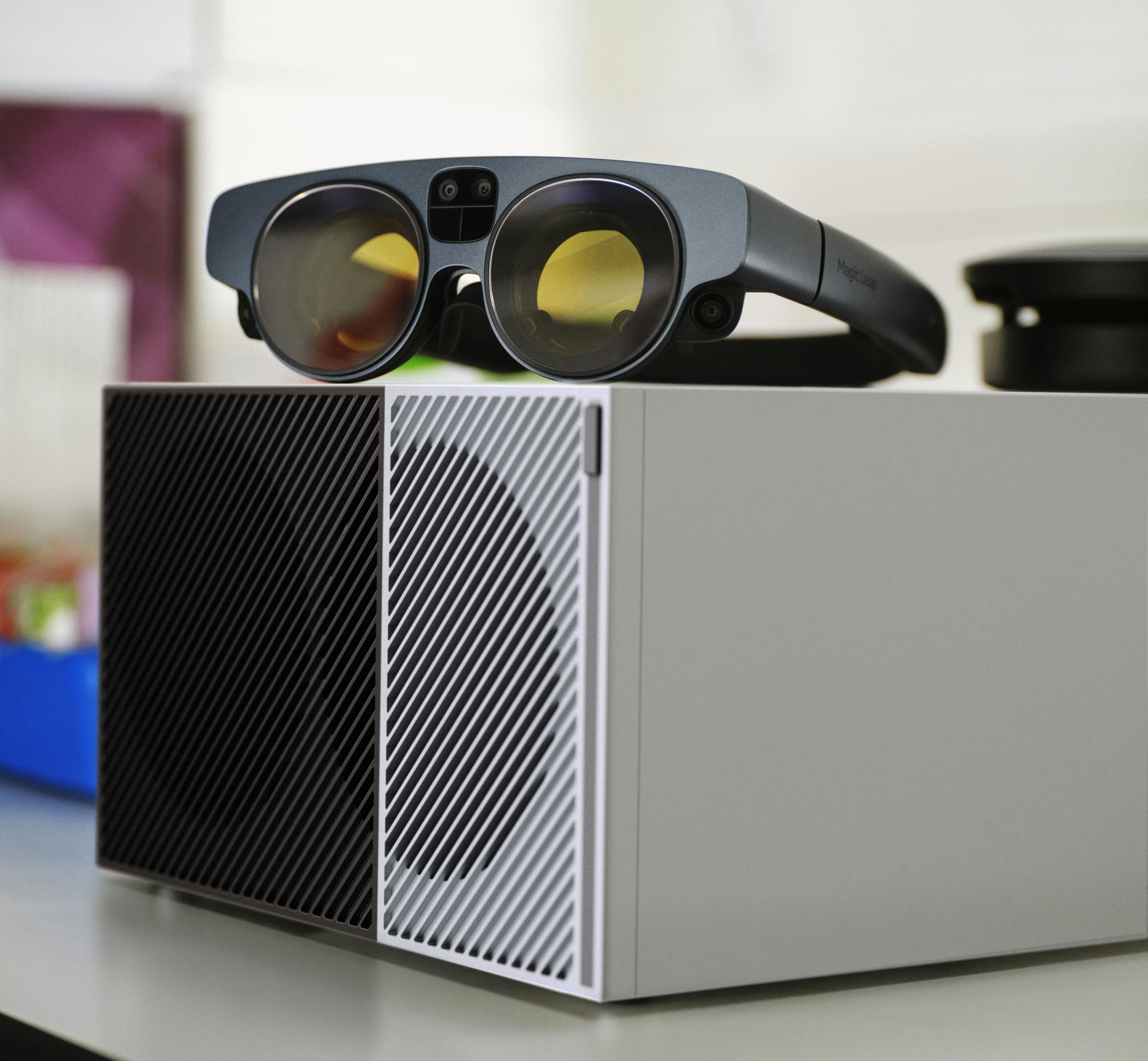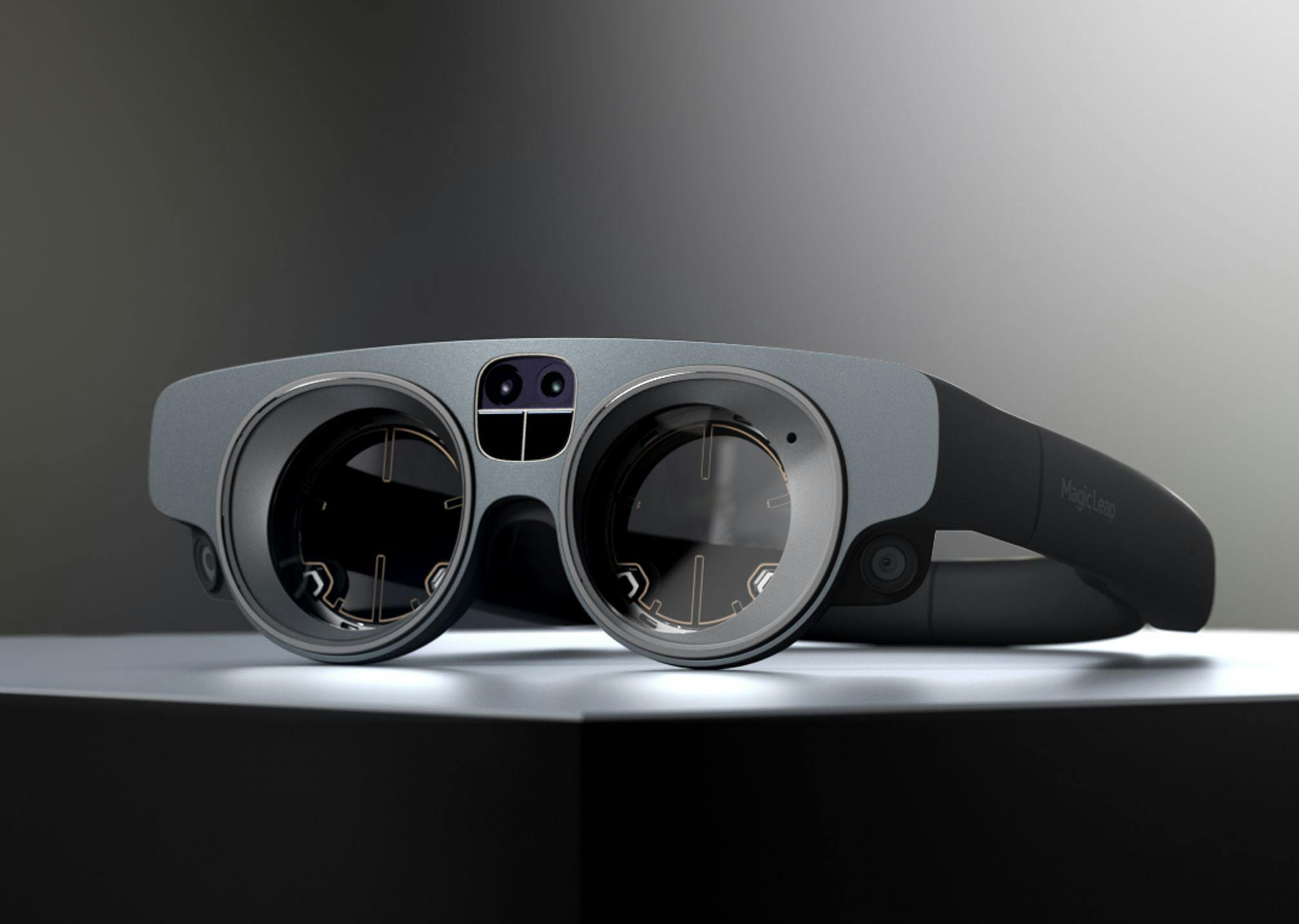News
October 31, 2020
The University of Washington and Magic Leap Explore Spatial Computing in the Classroom
Awareness of how important spatial computing, distance learning, and telepresence are has accelerated in 2020, thanks to the ongoing pandemic. Earlier this year, University of Washington’s Reality Lab used Magic Leap’s technology to enable a fully remote classroom during the Spring 2020 semester.
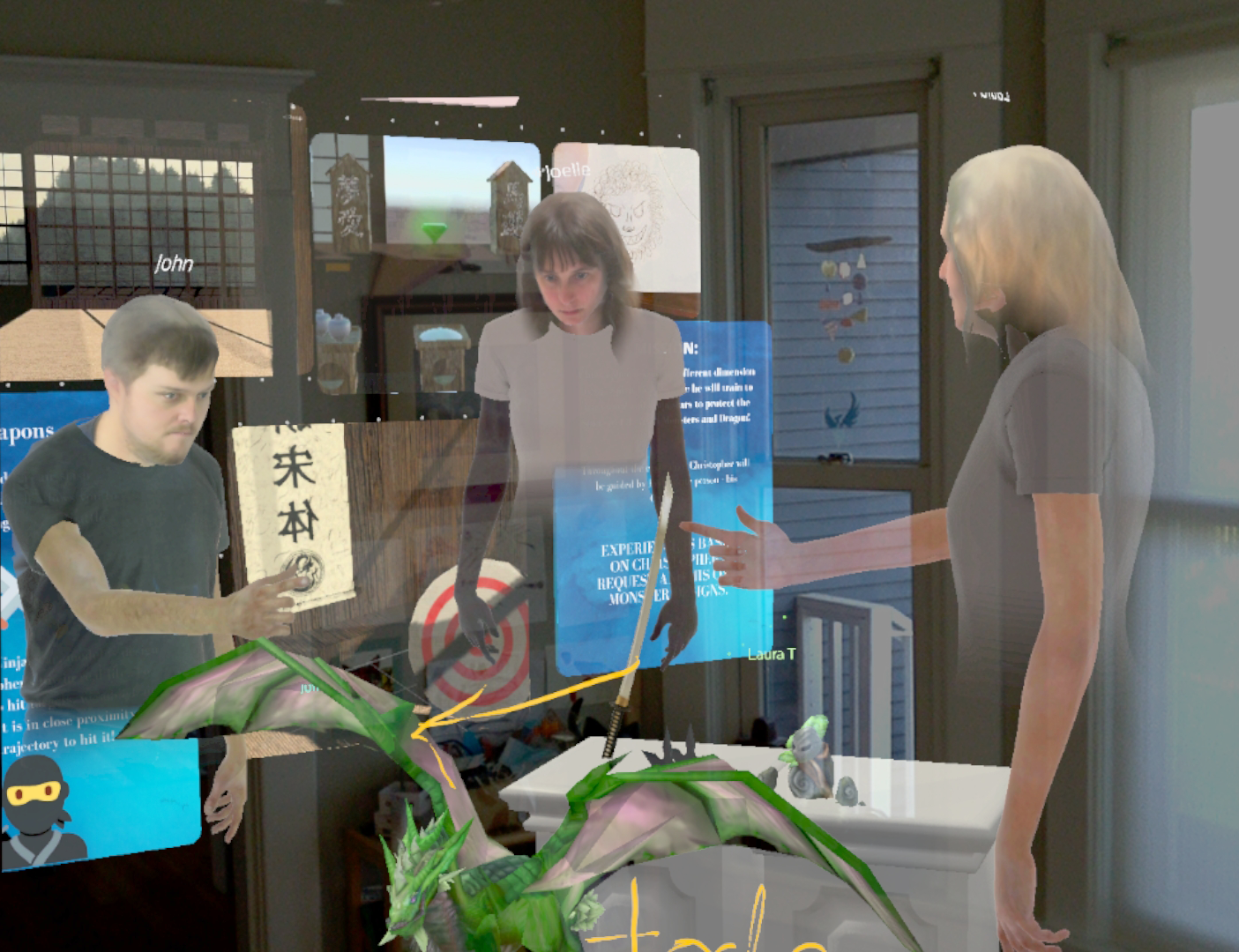
COVID-19 has abruptly thrust much of society into a new remote learning paradigm, and educators around the world have scrambled to cobble together surrogates for in-person learning--generally repurposing existing 2D video conferencing tools for tasks for which they weren't designed. Faced with this situation, the University of Washington (UW) decided to augment their remote curriculum with new collaboration tools with the aim of better giving students the sense of being together with other students and their instructors
While the entire U.S. education system had to adapt to virtual learning, classes that involved team projects had an even more complicated situation to contend with. Most years, the 28-30 students of UW’s AR/VR Capstone would meet together, pitch ideas and themes, and then break into teams to work collaboratively in the lab - long hours developing an AR or VR application. They would sit together, share headsets, get advice from TAs and instructors, and gather for lectures and presentations. At the end of the quarter they would have a public Demo Day where several hundred people would gather and try out their work.
But this semester, the students were unable to meet in person at all. The instructors worked with them online to develop and advise their projects, and also to assess what sort of computer equipment and connectivity each student had in their homes. It was clear that the class would need more headsets than previous years, and they need a new way to collaborate.
The Magic Leap 1 spatial computing wearable device was an obvious choice. Not only did access to Magic Leap 1’s enable the students to develop for a leading edge technology platform, but it also gave them a unique opportunity to virtually collaborate using "Spatial", a third-party application that allowed students to connect with each other through their headsets.
UW had used augmented and virtual reality technology in the classroom before. This time, they explored what it might be like to use this technology as the classroom.
Instructors Ira Kemelmacher-Shlizerman and John Akers encouraged the student teams to develop apps that were related to the health crisis: Whether that meant health and well-being, working from home, or something else was up to the imagination of the students. They held classes and collaboration sessions in the Magic Leap 1 as well.
At the end of the 10 weeks, the students and instructors demonstrated the projects through the Spatial app, YouTube, and video-conference with live streaming from headsets.
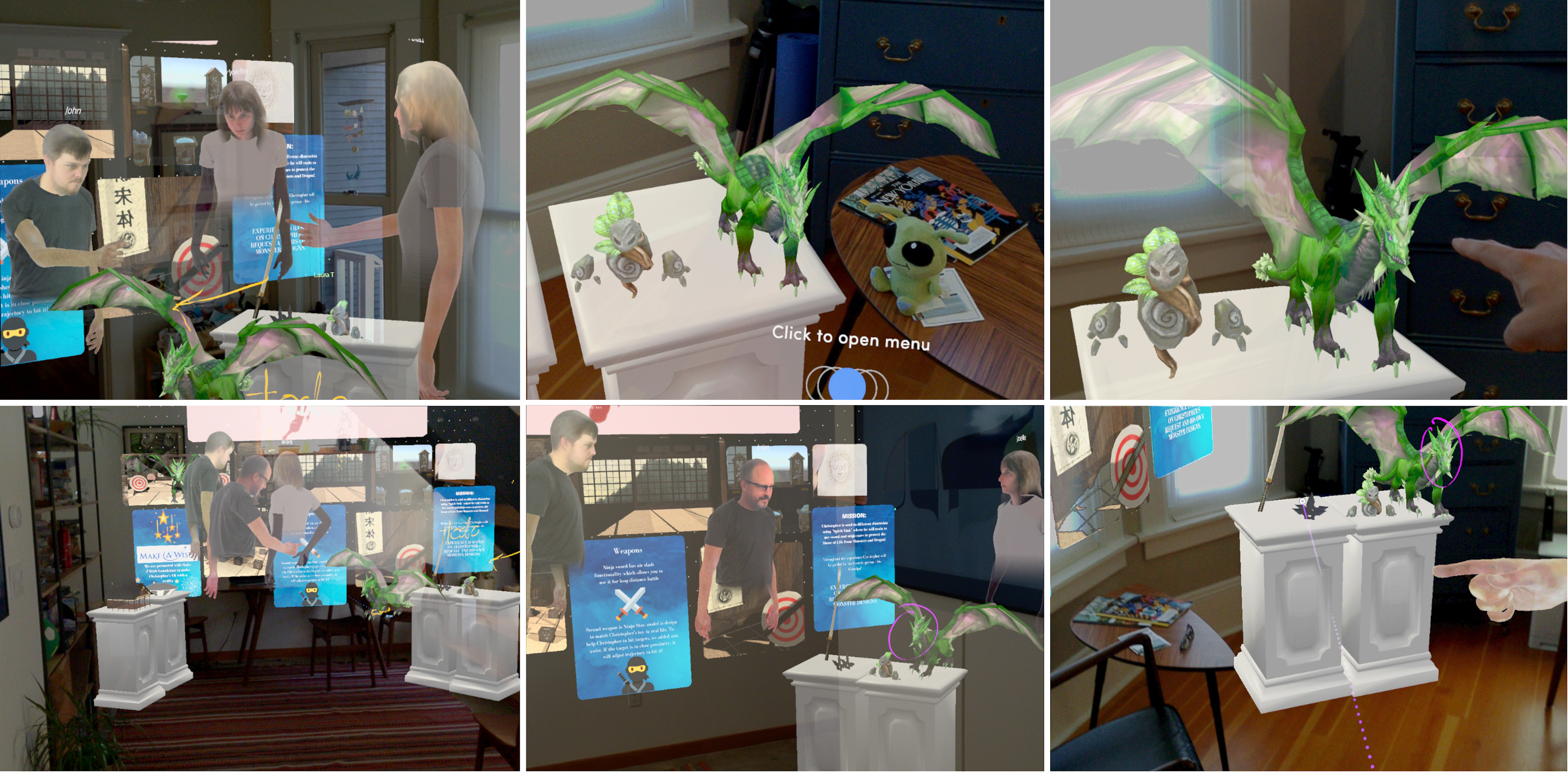
When the students were surveyed about their experience the Magic Leap 1 outperformed 2D videoconferencing. 7 out of 10 students said they agreed or strongly agreed that they felt the presence of another person in the room with them. Only three said the same about traditional video conferencing. And 8 out of 10 could tell where the other person was directing their attention, while only two felt that was true with video conferencing.
Overall, UW and the students of the Reality Lab Cohort found their experience to be positive using the Magic Leap. For more information about how Magic Leap 1 can help educators go virtual, please visit https://www.magicleap.com/en-us/enterprise/solutions
Latest Content
Blog
April 22, 2024
Improve precision and efficiency with Magic Leap 2 for AEC
Blog
April 2, 2024
Enhance manufacturing productivity and operational excellence with Magic Leap 2
News
March 25, 2024
NVIDIA IGX + Magic Leap 2 XR Bundle Now Available
Blog
March 22, 2024

